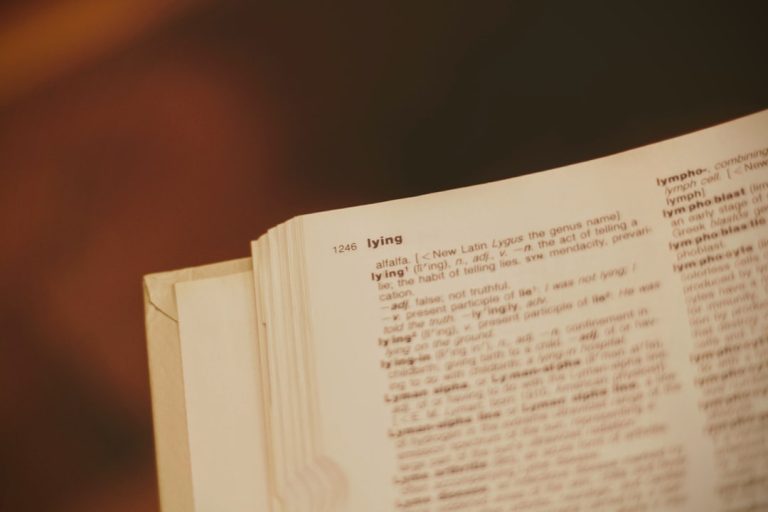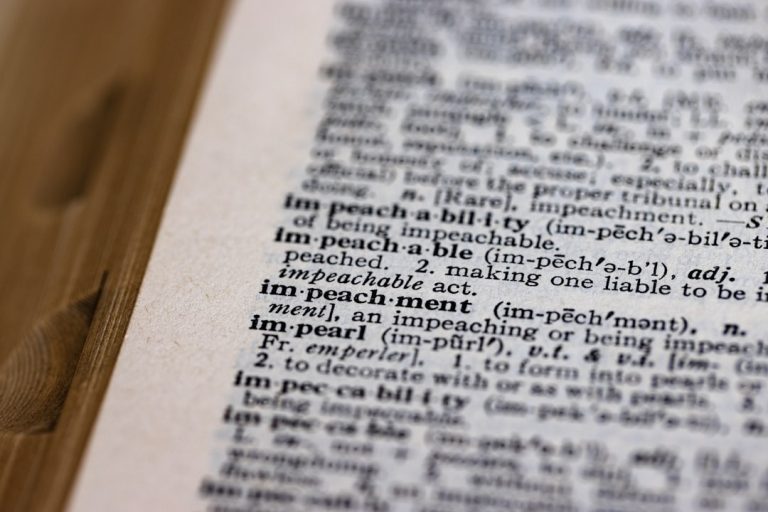
Punctuation serves as the framework of written language, providing clarity and structure to our thoughts. It is the system of symbols that helps readers navigate through sentences, indicating pauses, stops, and the relationships between ideas. The most common punctuation marks include periods, commas, question marks, exclamation points, colons, and semicolons.
Each of these marks has its own specific function, contributing to the overall coherence of a text. For instance, periods signal the end of a complete thought, while commas indicate brief pauses or separate elements within a sentence. Understanding punctuation is essential for effective communication.
It not only affects the readability of a text but also influences the tone and meaning. A misplaced comma can alter the intended message, leading to confusion or misinterpretation. For example, consider the difference between “Let’s eat, Grandma!” and “Let’s eat Grandma!” The first sentence invites Grandma to join in a meal, while the second suggests a rather alarming scenario.
Thus, mastering punctuation is crucial for anyone who wishes to convey their ideas clearly and accurately.
Key Takeaways
- Punctuation marks are essential for clarity and organization in writing.
- The semicolon is a versatile punctuation mark that can connect closely related independent clauses.
- Use a semicolon to join two independent clauses without a conjunction, or to separate items in a list when the items contain commas.
- Examples of semicolon usage include: “She loves to read; he prefers to watch movies.” and “I have visited Paris, France; Rome, Italy; and Barcelona, Spain.”
- Mastering the semicolon involves understanding its proper usage and practicing its application in writing.
Understanding the Semicolon
The semicolon is a unique punctuation mark that occupies a middle ground between a comma and a period. It is often misunderstood and underutilized, yet it possesses a distinct power in connecting related thoughts. A semicolon can link two independent clauses that are closely related in content but could stand alone as separate sentences.
In addition to connecting independent clauses, semicolons can also be employed in lists where items contain internal punctuation. This usage helps to clarify the relationships between items in a series, preventing confusion that might arise from excessive commas.
For example, in a list of cities with their respective countries—”Paris, France; Tokyo, Japan; and Sydney, Australia”—the semicolon effectively separates each city-country pair, ensuring that the reader can easily discern each distinct element.
When to Use a Semicolon

The primary function of the semicolon is to connect closely related independent clauses. When two sentences are thematically linked but could stand alone as complete thoughts, a semicolon can be used to create a smoother transition between them. For instance, consider the sentences “I have a big test tomorrow” and “I can’t go out tonight.” These two statements are related; thus, they can be combined into one: “I have a big test tomorrow; I can’t go out tonight.” This construction emphasizes the relationship between the two ideas while maintaining their independence.
Another scenario where semicolons shine is in complex lists. When items in a list contain commas themselves, using semicolons can help clarify the separation between those items. For example: “On our trip, we visited Paris, France; Rome, Italy; and Berlin, Germany.” Here, the semicolons delineate each destination clearly, preventing any potential confusion that could arise from using only commas.
This usage is particularly useful in academic writing or formal documents where clarity is paramount.
Examples of Semicolon Usage
| Example | Usage |
|---|---|
| I have to study for my exam; however, I keep getting distracted. | Connecting two related independent clauses |
| She loves to dance; her favorite style is ballet. | Separating items in a list when the items contain commas |
| The weather was cold; it was also raining. | Joining two independent clauses in a compound sentence |
To illustrate the versatility of the semicolon, consider the following examples that showcase its various applications. In literary contexts, authors often use semicolons to create rhythm and flow within their prose. For instance: “The sun set behind the mountains; the sky turned a brilliant shade of orange.” This construction not only connects two related ideas but also enhances the imagery by creating a sense of continuity.
In more analytical writing, semicolons can serve to present contrasting ideas effectively. For example: “The experiment yielded promising results; however, further research is needed to confirm these findings.” Here, the semicolon links two independent clauses that present different aspects of the same topic—one highlighting success and the other cautioning against premature conclusions. This nuanced approach allows for a more sophisticated discussion of complex subjects.
How to Master the Semicolon
Mastering the semicolon requires practice and an understanding of its specific functions within sentences. One effective strategy is to read extensively and pay attention to how skilled writers utilize this punctuation mark. By observing its placement in various contexts—be it fiction, non-fiction, or academic writing—one can develop an intuitive sense of when and how to use semicolons effectively.
Additionally, writing exercises focused on semicolon usage can be beneficial. Start by taking simple sentences and combining them using semicolons where appropriate. For instance, transform “I enjoy reading” and “I love writing” into “I enjoy reading; I love writing.
Over time, this will help solidify your understanding and comfort with using semicolons in your writing.
Common Mistakes to Avoid

Despite their utility, semicolons are often misused or overused by writers who may not fully grasp their function. One common mistake is using a semicolon where a comma would suffice. For example: “I went to the store; and bought some milk.” In this case, the conjunction “and” does not require a semicolon; a simple comma would be more appropriate: “I went to the store and bought some milk.” Another frequent error involves using semicolons to connect unrelated independent clauses.
For instance: “I love hiking; my favorite color is blue.” These two statements are not thematically linked and should be separated into distinct sentences or connected with a conjunction instead: “I love hiking. My favorite color is blue.” Recognizing these common pitfalls is essential for anyone looking to refine their punctuation skills.
Tips for Using Semicolons Effectively
To use semicolons effectively in your writing, consider these practical tips that can enhance clarity and coherence. First, always ensure that both sides of the semicolon are independent clauses—complete thoughts that could stand alone as sentences. This will help maintain grammatical integrity while allowing for fluid connections between related ideas.
Second, when constructing lists with complex items, remember that semicolons can serve as powerful tools for clarity. If any item in your list contains commas or other punctuation marks, opt for semicolons to delineate those items clearly. This practice will prevent confusion and ensure that your readers can easily follow your intended meaning.
Lastly, don’t hesitate to read your sentences aloud after incorporating semicolons. Hearing how they sound can provide insight into whether they enhance or disrupt the flow of your writing. If a sentence feels awkward or disjointed with a semicolon in place, consider revising it or exploring alternative punctuation options.
Practice Exercises for Perfecting Your Semicolon Usage
To solidify your understanding of semicolons and improve your writing skills, engaging in targeted practice exercises can be highly beneficial. Start with simple exercises where you take pairs of related independent clauses and combine them using semicolons. For example: “She loves painting.” “Her favorite medium is watercolor.” Combine these into: “She loves painting; her favorite medium is watercolor.” Next, challenge yourself with more complex sentences that require careful consideration of context and clarity.
Create lists that include items with internal punctuation and practice using semicolons to separate them effectively. For instance: “We traveled to New York City, New York; Los Angeles, California; and Miami, Florida.” This exercise will help reinforce your understanding of when semicolons are necessary for clarity. Finally, consider writing short paragraphs on various topics while intentionally incorporating semicolons throughout your work.
Afterward, review your writing critically to assess whether the semicolons enhance clarity and flow or if adjustments are needed. This iterative process will not only improve your mastery of semicolons but also elevate your overall writing proficiency.
If you are interested in learning more about English language skills, you may want to check out the article “How to Improve English Vocabulary: An English Learner’s Guide eBook” from ESL Institute. This article provides valuable tips and strategies for expanding your vocabulary, which can be essential for mastering punctuation rules like semicolons in American English. You can access the article here.
FAQs
What is a semicolon in American English punctuation?
A semicolon is a punctuation mark (;) used to separate two independent clauses in a sentence that are closely related or to separate items in a list when the items themselves contain commas.
How is a semicolon used in American English?
In American English, a semicolon is used to connect two closely related independent clauses without a conjunction, to separate items in a list when the items themselves contain commas, and to clarify a complex list.
Can a semicolon be used instead of a comma or a period?
Yes, a semicolon can be used instead of a comma to separate two closely related independent clauses, and it can be used instead of a period to connect two independent clauses without a conjunction.
What are some common mistakes to avoid when using semicolons in American English?
Common mistakes to avoid when using semicolons in American English include using them to connect a dependent clause to an independent clause, using them to connect two unrelated ideas, and using them incorrectly in a list.






